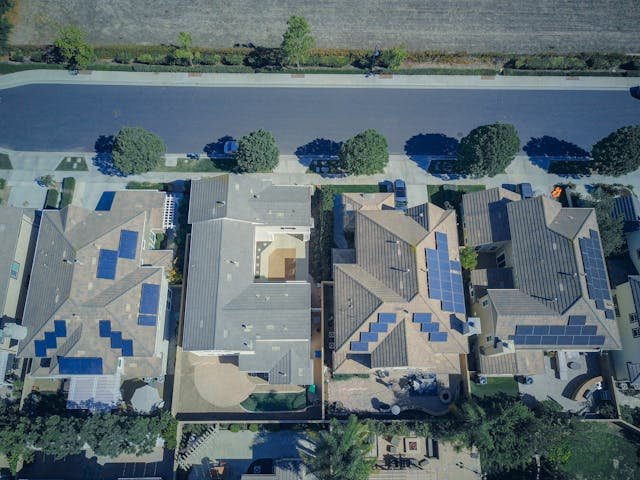Commercial solar panels are fast becoming popular. Many businesses have realised the unmatched benefits of running on solar and are looking to make the transition. The energy source is inexpensive and significantly reduces operational costs. Furthermore, businesses can take advantage of the multiple rebates, tax credits and cheap finance options available for solar power system installations. Solar is also reliable and free from power interruptions.
Several options and configurations are available for commercial solar panel installations. Choosing the right system depends on several factors, including the size of the building, energy requirements, space availability and the budget. Here’s an overview of the options available.
Installation Options
Rooftop solar panels are the most common installation for commercial solar panels. The panels are installed on the flat or sloped roof to maximise solar exposure while making good use of space. Installation is straightforward, and the power yield can feed the building’s electrical system as an adjunct or primary source.
Ground-mounted solar panels are suitable for expansive properties that have an unfavourable roof design. The panels are installed on the ground using a racking system and angled to optimise solar exposure. Some automated systems can follow the sun’s path to maximise solar power generation.
Solar carports are a creative solution that provides shade in parking spaces while generating power. The panels are installed atop the carports with good solar exposure.
Solar thermal systems use solar energy to heat water. They are great for hotels, hospitals and laundromats where a hot water supply is a basic requirement.
Solar batteries are increasingly popular in commercial solar panel installations. They allow businesses to store excess power generated during active solar hours for use in the evening and into the night. Businesses that operate during non-daylight hours benefit the most from solar batteries.
All these solar options follow specific installation procedures. Installing a commercial solar panel system is quite complex, but the process can be broken down into these six key steps. Below is a simple, comprehensive guide to commercial solar installation for business owners.
Commercial Solar Installation Process
Consultation: The first step in commercial solar panel installation is consultation. Consulting a solar company provides invaluable information, including energy needs, access, budget and the overall feasibility of an installation project. Solar companies also provide recommendations to ensure you get the best system for your business.
Design: The design of a commercial solar panel system is customised to meet a company’s specific needs and match the building design. Solar companies create detailed design plans covering everything from the panels’ placement and wiring to installing auxiliary components.
Permits: Local authorities regulate commercial solar panel installation through licenses and permits. Therefore, before any installation procedures begin, all the necessary permits and licenses must be obtained for legal compliance. This task is best handled by the installation companies owing to their experience.
Installation: The actual solar panel installation is the most complex part of the process. This involves mounting the panels on the roof/ ground and connecting the inverter. The inverter is then hooked to the electrical grid. Some systems have a power bank unit that holds the solar batteries. The installation process can take several days and usually requires a specialist technician. A thorough installation ensures you get the most output and operational life from your commercial solar installation. It also reduces the risk of faults during operation.
Inspection: The system undergoes a thorough inspection once the full installation is complete. All components and functions are assessed to ensure they are safe and up to code. Some solar companies offer routine inspection services to ensure the system is in tip-top shape throughout its lifespan.
Activation: System activation is the final step in commercial solar panel installation. Once the solar panel system satisfies all the checks and the technician gives a green light, it’s activated and connected to the grid. The installation company usually provides training on operating and monitoring the system’s performance. They also offer other support services that allow users to access expert guidance and intervention on demand.
Commercial solar panel installations are complex and require specialised knowledge and expertise. Therefore, it’s prudent to work with a reputable solar company to ensure safety, efficiency and high-quality results. Going solar is the best decision for your business.
















